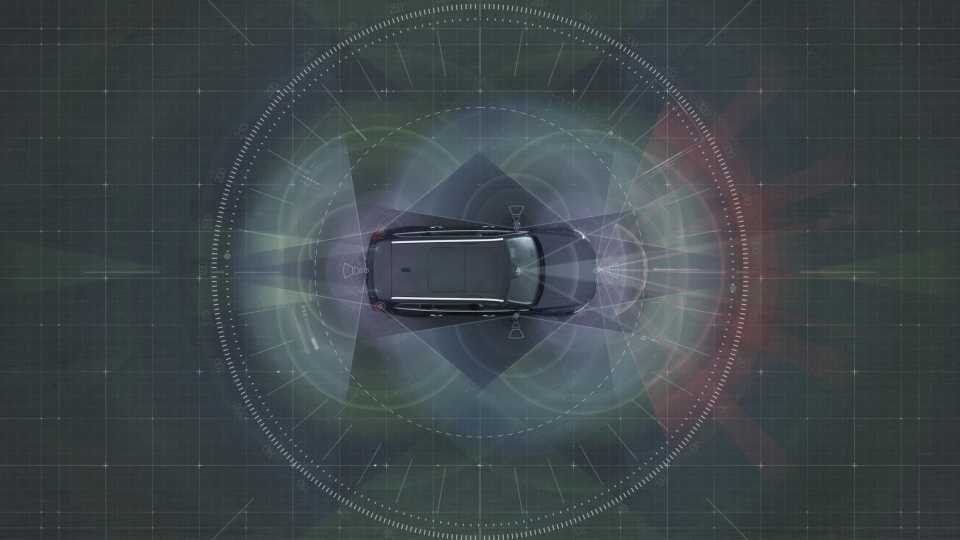Economic benefits of connected & automated mobility revealed

The UK could benefit from a £66 billion annual economic uplift by 2040 if it embraces connected and automated mobility, according to a new report by the Society of Motor Manufacturers and Traders (SMMT).
Connected and automated mobility: The UK economic and market opportunities sets out the extensive socio-economic benefits for Britain if connected and automated mobility (CAM) technology is adopted in a range of commercial applications, from self-driving cars and logistics vehicles to automated buses, taxis, shuttles and even tractors.
Boosting rollout would create some 342,000 additional jobs across the economy from now to 2040, with 12,250 in automotive manufacturing.
The report says that 3,900 lives could be saved, too, with 60,000 serious accidents prevented across the same period, all while delivering potentially lower insurance premiums, less stressful journeys and greater travel freedom for those with disabilities. Businesses could benefit from more efficient movement of goods and industrial processes.
With a significant public-private investment of more than £600 million already committed to CAM testing since 2015, government and industry must now create the conditions to safely and responsibly deploy the technology across passenger cars, services and commercial and industrial vehicles. While Britain is already well placed to implement CAM technology into passenger cars, significant new opportunities for growth exist in eight other markets, thanks to the ability of CAM tech to deliver efficiency and productivity gains in everyday transport and business activities.
The report, summarising a study by KPMG and funded by Innovate UK, with support from the Automotive Council and Zenzic, reveals that among these markets, on-road logistics has the potential to be the largest, with annual revenue of £15.2 billion by 2040 from rolling out CAM tech in the sector – underscoring the importance of enabling these features in commercial HGVs and vans used in everything from long distance haulage to last mile home deliveries.
Implementing CAM tech in on-road passenger services, such as buses, taxis and ride-hailing, with a possible annual revenue of £3.7 billion, and off-road logistics, including vehicles used in warehouses, ports and airports, worth £2.3 billion per year by 2040, rank as the second and third largest markets. Some of the earliest deployment opportunities could also be found in the mining and agricultural sectors, given the nature of these environments with little or no public access.
Unlocking the significant benefits of safe and responsible CAM tech adoption is now highly dependent on government action. This means enacting relevant regulatory and legislative reforms urgently, with a particular focus on tabling new legislation on self-driving vehicles in the remainder of this Parliament.
All barriers to regulatory reform must be removed and this needs to be combined with an ambitious strategy to support private sector investment and stimulate innovation-driven growth, equip workers with essential digital and software skills through upskilling and reskilling initiatives, and engage the public through comprehensive education and communication programmes.
Mike Hawes, SMMT Chief Executive, said, “While fully automated road journeys are still some way off, advances in connected and automated mobility technology means they’re within our future – presenting a significant opportunity to revolutionise transport in the UK. Government must work with all stakeholders to implement the necessary framework needed to deliver this exciting revolution swiftly and effectively, ensuring that consumers can reap the lifesaving and cost saving benefits. Failing to do so risks leaving the UK in the slow lane, jeopardising our competitiveness and impeding growth and job creation."
Image from Zenuity and Volvo Cars.



